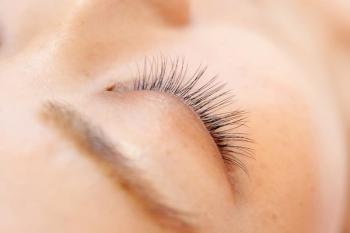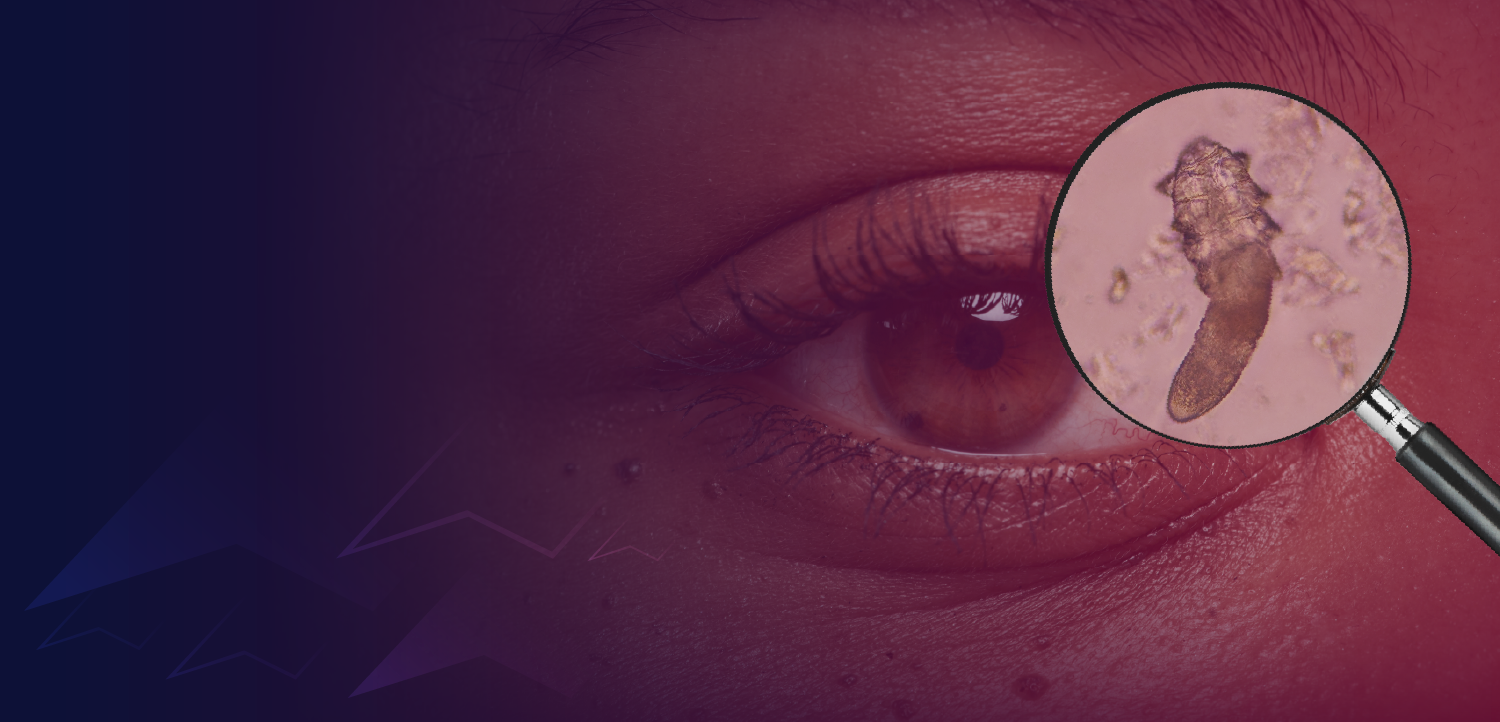
First Canadian participant dosed in Phase 1/2 ABA-1, CLARA clinical trial of AURN001
The 1-time, intracameral injection is a cell therapy for the treatment of corneal edema secondary to corneal endothelial dysfunction.
Aurion Biotech has announced the dosing of the first Canadian participants in its Phase 1/2 clinical trial (ABA-1, CLARA) of AURN001, a cell therapy for the treatment of corneal edema secondary to corneal endothelial dysfunction. The trial’s primary endpoint is the percentage of participants, who have corneal edema secondary to corneal endothelial dysfunction, who gain 3 lines of vision in 6 months, according to a news release.
“We are very pleased to have begun dosing subjects in this trial in Canada,” said Michael Goldstein, MD, MBA, president and chief medical officer at Aurion. “Treating subjects in both the US and Canada in our CLARA trial is an important milestone in our clinical development program. We believe that our cell therapy has the potential to revolutionize the treatment of corneal patients throughout the world.”
AURN001 is a combination cell therapy product of biologic and drug that is comprised of neltependocel (allogeneic human corneal endothelial cells) and Y-27632, an inhibitor of Rho-associated, coiled-coil containing protein Kinase (ROCK). AURN001 is intended to be administered to the eye once as an intracameral injection.1
The prospective, multi-center, randomized, double-masked, and parallel-arm cell dose-ranging trial will assess the safety, tolerability, and efficacy of AURN001 for the treatment corneal edema secondary to corneal endothelial dysfunction. The study will also compare low, medium, and high doses of AURN001 against the contribution of each element, cells alone, and Y27632 alone, to determine the effects of corneal edema.2
Around 100 participants will be treated with 3 different doses of neltependocel used in combination with Y-27632. Inclusion criteria for the study include a BCVA between 65 Early Treatment of Diabetic Retinopathy Study (ETDRS) letter (ie, 0.4 LogMAR or approximate 20/50 Snellen equivalent) and 5 ETDRS letter (ie, 1.6 LogMAR or approximate 20/800 Snellen equivalent). Exclusion criteria includes having a history or presence of an ocular disease other than corneal endothelial dysfunction that could affect vision, as well as operative corneal epithelial, sub-epithelial, or stromal scarring or other opacity that is paracentral/central and visually significant, but not suspected to be secondary to corneal endothelial disease that has potential to improve the treatment of the study eye.2
References:
Aurion Biotech Announces First Canadian Subject Dosed in Phase 1/2 Clinical Trial. News release. Published March 28, 2024. Accessed March 28, 2024.
https://aurionbiotech.com/aurion-biotech-announces-first-canadian-subject-dosed-in-phase-1-2-clinical-trial/ A Phase 1/2Study of AURN001 in Subjects With Corneal Edema Secondary to Corneal Endothelial Dysfunction (ABA-1) (CLARA). Aurion Biotech. NCT06041256. Updated March 22, 2024. Accessed March 28, 2024.
https://clinicaltrials.gov/study/NCT06041256?cond=Corneal%20Edema&spons=Aurion%20Biotech&rank=2
Newsletter
Want more insights like this? Subscribe to Optometry Times and get clinical pearls and practice tips delivered straight to your inbox.


















































.png)


